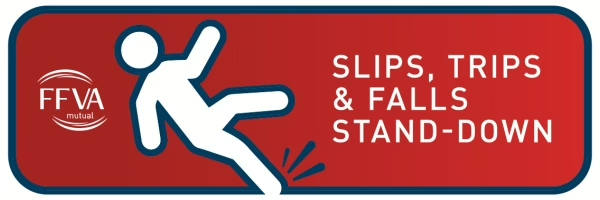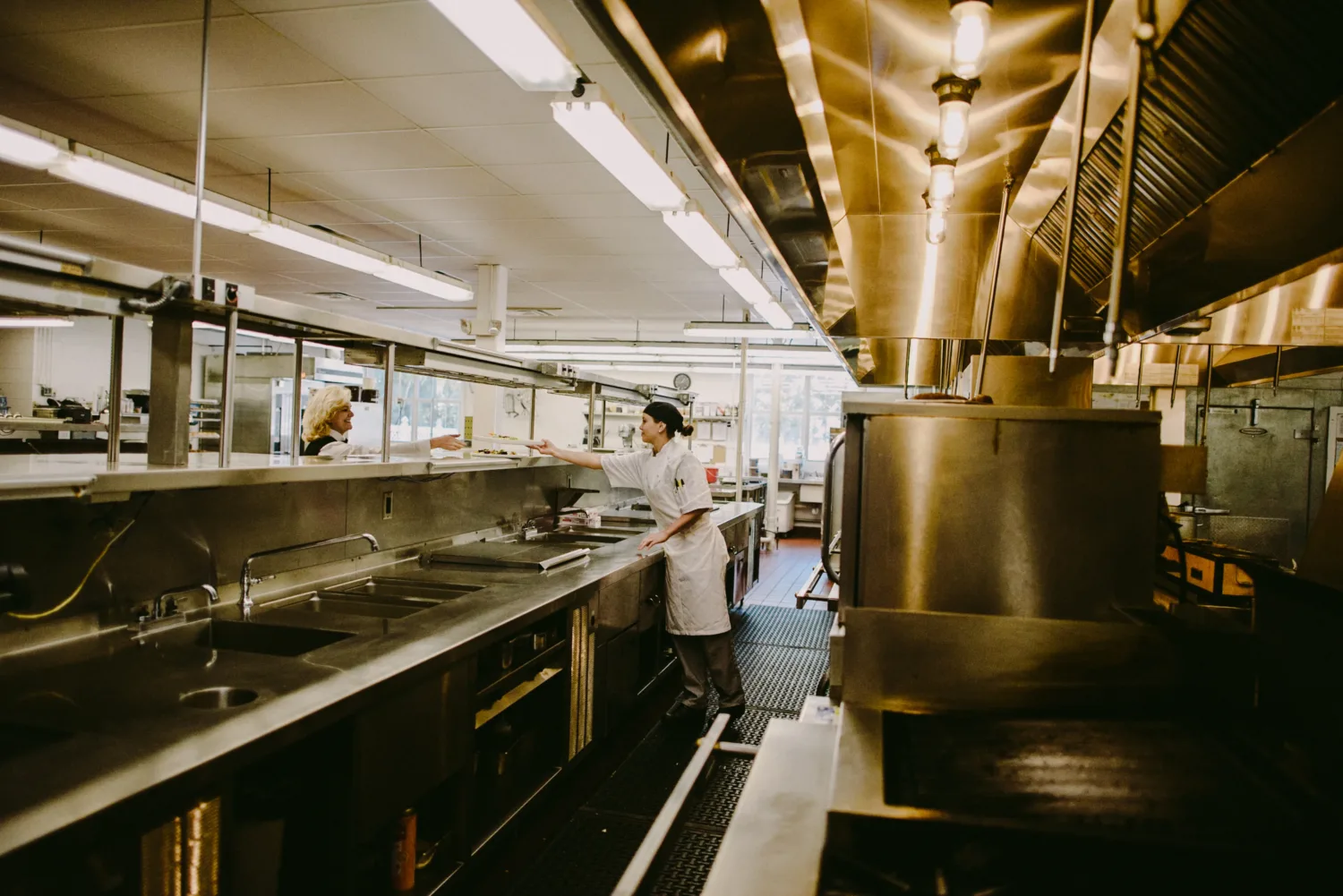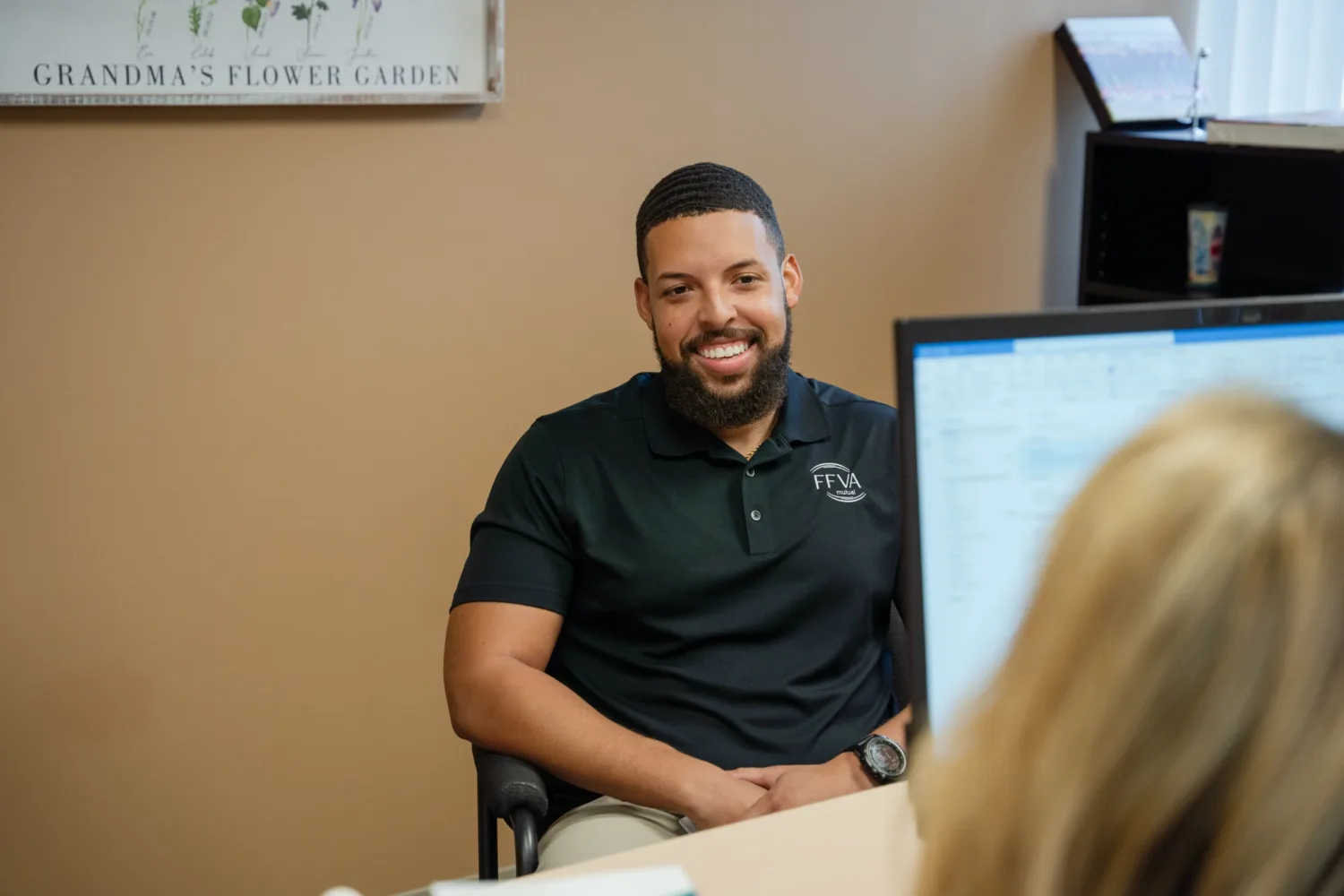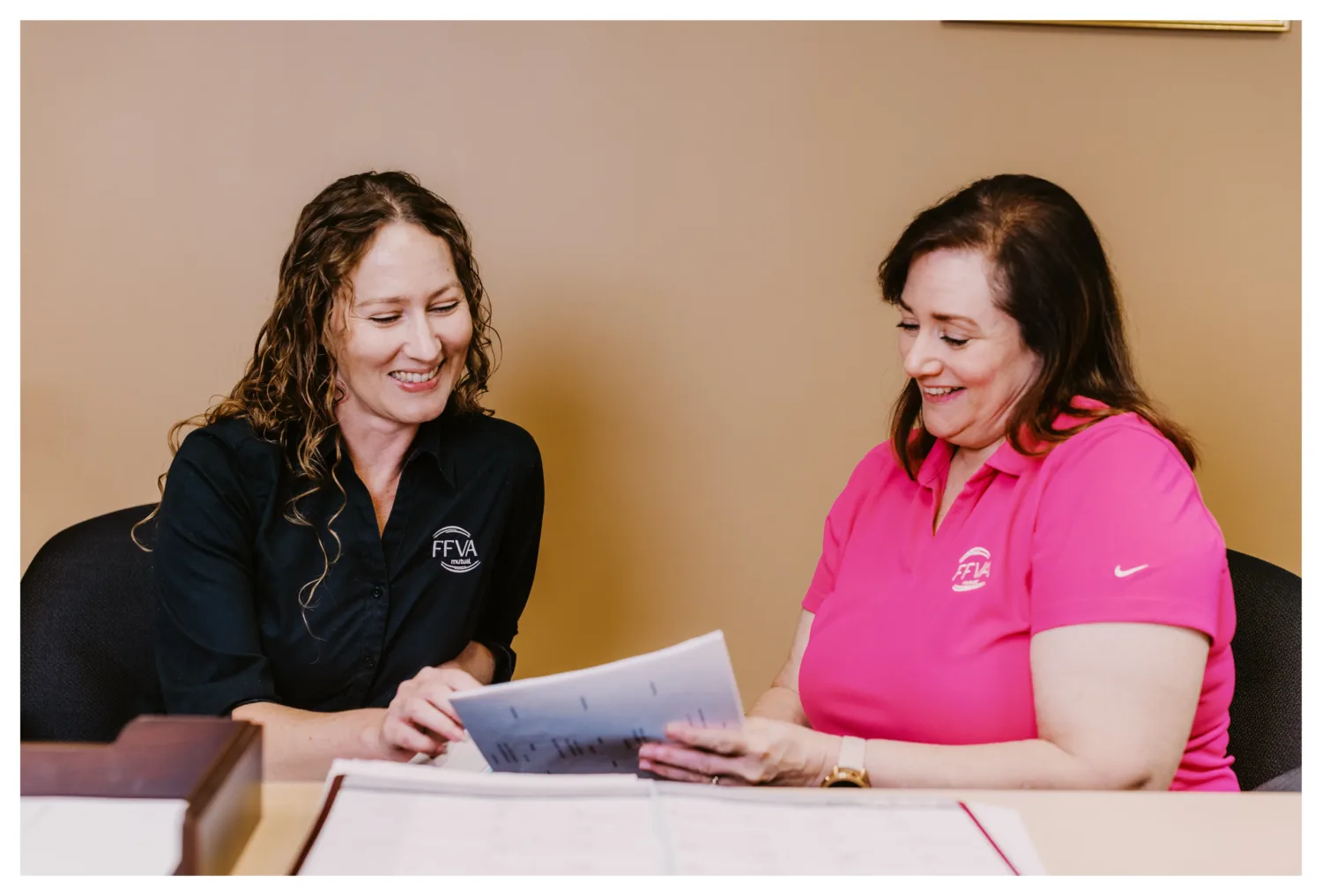Learn About Safety Stand-Downs
Workplace safety should be a paramount concern for every organization. Unfortunately, work related hazards and injuries continue to be prevalent. Moreover, these injuries can have a lasting impact on workers and their families. Proactive measures are necessary to prevent accidents and injuries, and one such measure is a safety stand-down.
A safety stand-down is a voluntary event that consists of temporary cessations of work or operations in which employees receive education and training on specific topics. In the context of slip, trip and fall prevention, a stand-down is used to draw attention to hazards and provide information on best practices to avoid an injury.
Safety Stand-Down Basics
Since a safety stand-down is often a new concept for many employers, it’s important to keep in mind the following: Safety stand-downs should be conducted in an environment where employees can freely ask questions without feeling like they’re interrupting or disturbing others. It’s also not intended as punishment or scolding; rather, it should be viewed as an opportunity for workers and management to share information about injury and illness prevention programs.
Moreover, it’s essential to ensure that all affected employees are included in the safety stand-down, no matter what their role may be on site. Employers should include contractors and sub-contractors if they’re working on their property.
The primary goal is to prevent injuries and mitigate workplace safety hazards, but it’s also important to help workers take ownership of the situation so that they feel empowered to make changes in their working environment. This can be done by sharing information about OSHA standards, as well as possible solutions for compliance with those standards.

How to Successfully Conduct a Safety Stand-Down
You’re off to a good start if you’re doing a safety stand-down. But there are many ways to make it even better. Here are some tips for making your next stand-down more effective:
- Clearly communicate the purpose and objectives of the stand-down.
- Encourage active participation and engagement from all attendees.
- Ensure the discussion covers relevant and up-to-date safety topics.
- Use visual aids such as videos or presentations to enhance understanding.
As far as a stand-down is concerned, the more you do it, the better it will be. The first one may not go as smoothly as you had hoped. But with practice, you’ll get better at conducting stand-downs and they will become more effective.
Why Slips, Trips and Falls Are a Top Workplace Concern
In today’s fast-paced workplace, it’s easy for employees to become complacent about safety or overlook potential hazards like wet floors or uneven surfaces. According to the Occupational Safety and Health Administration (OSHA), falls are one of the leading causes of serious workplace injuries. Many of these incidents are preventable with proper training and awareness.
Ladder safety is a niche but important aspect of slip, trip and fall prevention. According to the U.S. Bureau of Labor Statistics (BLS), in 2020, there were 22,710 injuries where the primary source of the injury was a ladder. At FFVA Mutual, we’ve seen a worrying trend of increasing ladder-related claims, where ladder-related claim costs have averaged more than $250,000 in the past three years.
Furthermore, the Occupational Safety and Health Administration (OSHA) reports that Fall Protection, construction (29 CFR 1926.501), Ladders, construction (29 CFR 1926.1053) and Fall Protection Training, construction (29 CFR 1926.503) were among the top 10 most frequently cited standards in the 2023 fiscal year, reinforcing the need to address these issues. Employers can reduce the risk of ladder accidents and prevent falls by providing training on the proper use and maintenance of ladders, as well as enforcing a policy for their safe storage and removal from work areas.
At FFVA Mutual, claims data highlights the significant costs associated with slip-and-fall incidents. Common contributing factors include cluttered walkways, improper footwear and inadequate hazard identification. These risks emphasize the importance of addressing slip, trip and fall prevention during a safety stand-down.
Ideas for a Slip, Trip and Fall Safety Stand-Down

A stand-down focused on slips, trips and falls should include practical advice and demonstrations to reinforce safe practices. Consider incorporating these ideas:
- Hazard identification walkthroughs: Lead employees through the workplace to identify potential slip, trip and fall hazards, such as wet floors or loose cords.
- Demonstrate proper cleanup procedures: Show employees the correct way to clean up spills promptly and mark wet areas with clear signage.
- Discuss footwear guidelines: Highlight the importance of slip-resistant footwear and provide examples of appropriate options for different work environments.
- Review incident reports: Share real-world examples of slip-and-fall incidents to illustrate the consequences of overlooking hazards.
- Interactive scenarios: Set up stations where employees can practice recognizing and mitigating risks, such as securing loose mats or organizing cluttered walkways.
Ideas for a Ladder Safety Stand-Down

Safety is the most important job on any ladder. Employers can use these 7 ladder safety tips to promote ladder safety during a stand-down:
- Review and demonstrate the correct way to inspect a ladder before use.
- Discuss the importance of using the right ladder for the job.
- Teach proper ladder placement and stability.
- Discuss weight limits and the dangers of overloading a ladder.
- Demonstrate how to properly secure the ladder when in use.
- Highlight the importance of keeping the ladder clean and free of debris, which is even more crucial for those in the construction industry.
- Encourage attendees to report any damaged or faulty ladders immediately.
Note that these steps are designed to be used individually or in combination with each other. The idea is to provide a wide variety of options so that you can choose what works best for your needs and situation.
What’s Next?
Safety is an ongoing process that needs to be continuously monitored and updated as new hazards are discovered, technologies emerge and safety standards change. Best practice is to conduct regular assessments of the workplace and maintain up-to-date information about what is happening on-site. To help with this we recommend doing the following:
To further emphasize the importance of safety in the workplace, let’s turn to the words of our own Safety and Loss Control Manager, Ernie Medina. “Promoting safety should be a daily effort. Safety campaigns are just one tool to help employers stay proactive, but it’s the employees’ right to work in a hazard-free environment.”
With this in mind, we recommend you take the following steps to ensure the safety of your employees while they work with ladders:
- Establish a reporting system: Create an easy-to-use system for employees to report hazards and near misses.
- Perform regular inspections: Conduct routine checks of work areas to identify and address hazards promptly.
- Reinforce safety training: Offer ongoing training sessions to reinforce key safety practices and ensure compliance with OSHA standards.
- Promote a culture of safety: Foster an environment where employees feel empowered to speak up about safety concerns without fear of retaliation.
OSHA’s national safety stand-down to prevent falls in construction are typically held every year in May. Any employer can take part, but in past years, participants have included commercial construction companies of all sizes, residential construction contractors, highway construction companies, the U.S. military, safety equipment manufacturers and more.
Additional Resources from FFVA Mutual
We believe that every employer should have access to the resources they need to host successful and effective stand-down events. When you’re looking to host your next stand-down, we encourage you to take time to learn more about ways to hold your own Slip, Trip and Fall Safety Stand-Down event and access the many resources available to employers and workers. Our materials include a comprehensive, user-friendly resource on slips, trips and falls that’s packed with useful information.
And of course, whenever you need any additional safety support or guidance, our team of Solutionists are always here to help. It’s our goal to help create safer workplaces, and we’re proud of the work we’ve done so far. But safety is a never-ending journey that requires continued vigilance and effort from all parties involved. We hope you join our slips, trips and falls campaign for more resources and to help us keep this important conversation going.






























